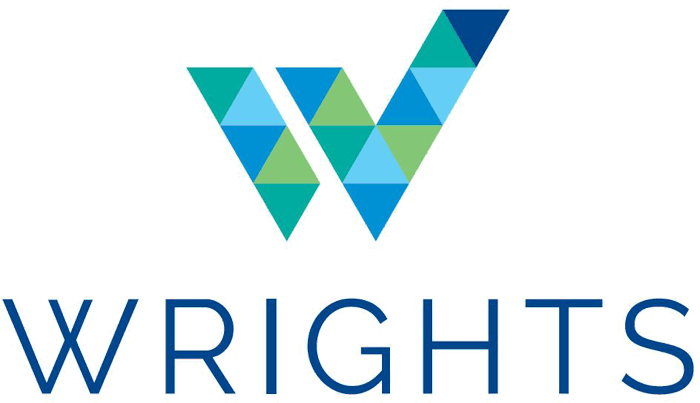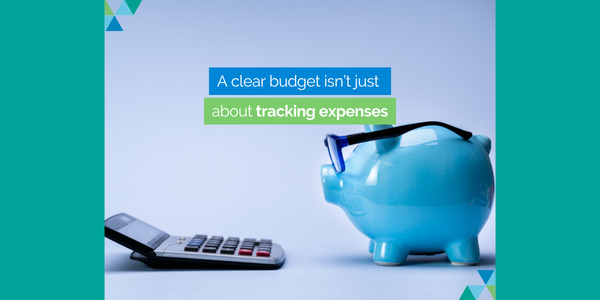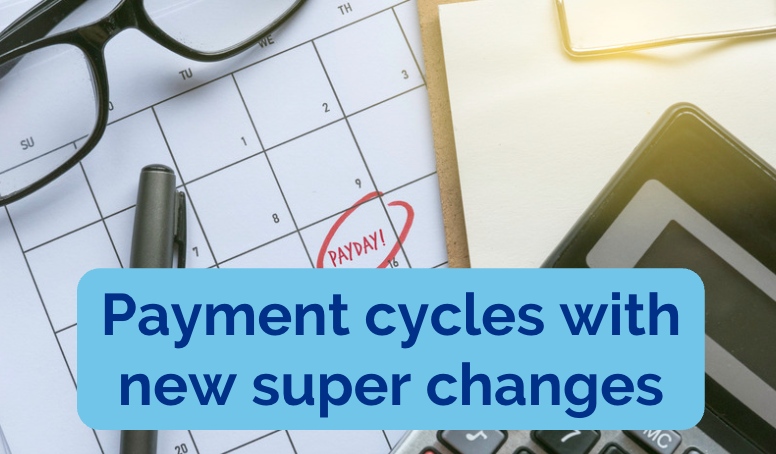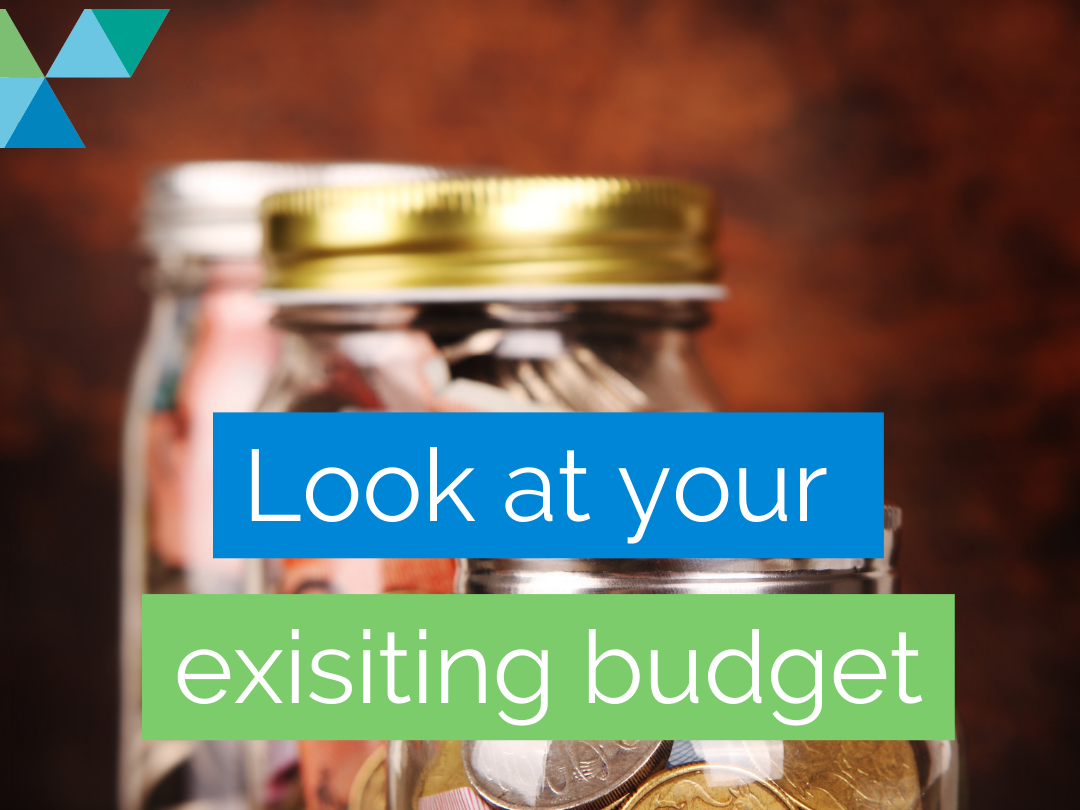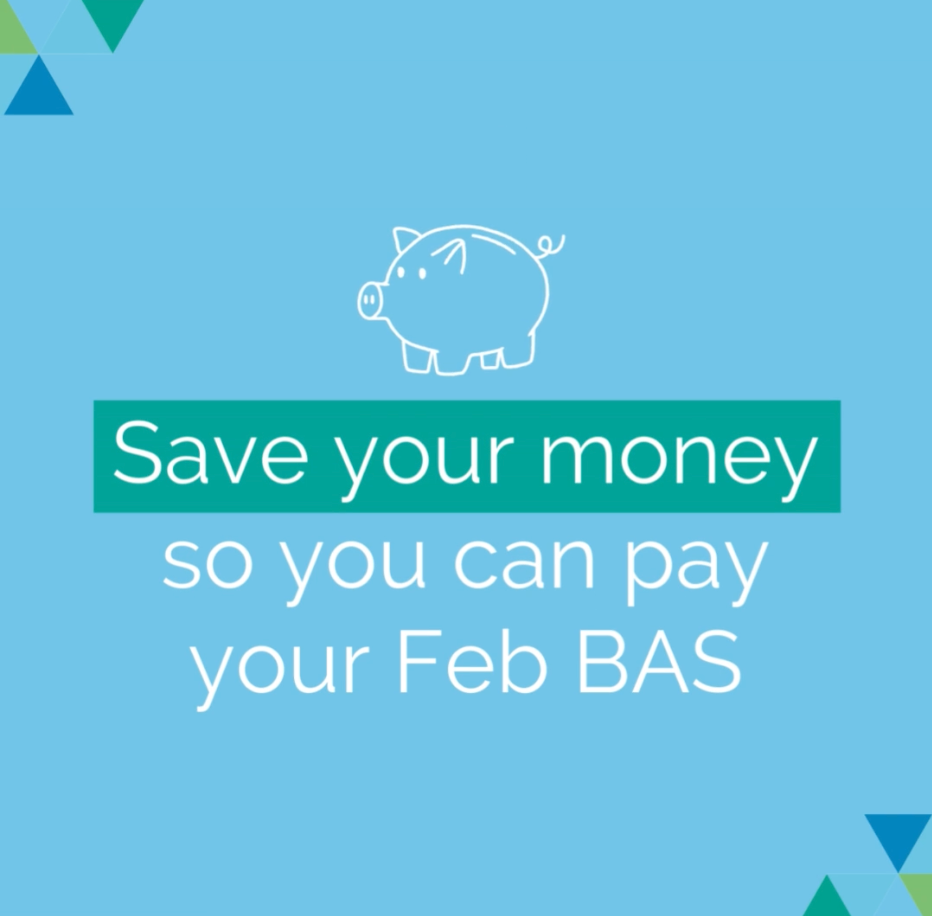Super on Payday from 1 July 2026
What These Changes Mean for Your Business – and How to Prepare Now

From 1 July 2026, the way your business pays superannuation will change significantly. All employers will be required to pay super within seven calendar days of each payday, regardless of how often you pay staff - weekly, fortnightly, or monthly.
This shift from quarterly to payday-aligned super contributions is designed to improve outcomes for employees, giving them faster access to their entitlements and reducing the risk of unpaid super. But for employers, it’s not just a tick-the-box compliance change—it’s a change that will affect your payment cycle, payroll setup, and cash flow.
Super Payments Will Match Your Pay Cycle
From July 2026, every time you pay wages, your super contributions will also be due—within seven calendar days. That means:
- If you pay
weekly, you’ll need to pay super weekly.
- If you pay
monthly, super will be due monthly.
- There’s
no more quarterly buffer—your super cycle will match your wage cycle.
This change may not require additional admin, as most modern payroll systems (like Xero) will support automated super payments. But you’ll still need to ensure your system is set up correctly well before July 2026.
Double Dipping: Prepare for the Cash Flow Squeeze
Here’s where it gets tricky: when the new rules kick in, you’ll still owe your June quarter super, and you’ll also need to start making more frequent super payments from 1 July. This will create a 3-month overlap where you’re effectively paying double.
🔹
June quarter super is still due by
28 July 2026
🔹
New super rules begin
1 July 2026, meaning your first payment under the new cycle could be due
as soon as 7 July
That first 2–3 months will create cash flow pressure, especially for small and medium businesses.
What Can You Do Now?
While 2026 might seem a way off, you need to be planning now. Here’s how:
1. Check your payroll system now
Most payroll software providers will support the changes, but make sure you’re using a system that can handle automated super payments on a regular cycle. If you're not sure, check with your provider or book a review.
2. Start setting funds aside
Build a buffer now by setting aside additional super contributions during the next 12 months. This helps spread the cash flow impact and avoid a financial crunch when July 2026 hits.
3. Map out your payment cycles
Talk to your accountant or payroll advisor about what payday super means for your specific cycle and whether you need to adjust processes or reporting routines.
4. Educate your team
Let your payroll staff (or whoever manages your super obligations) know the changes are coming so there are no surprises.
In Summary
- Super must be paid
within 7 days of each payday starting
1 July 2026
- Most software will handle this automatically—but check your setup
- Expect a
cash flow squeeze during the first three months
- Use this time to
start preparing so the transition is smooth
The good news? Once you’re through the initial adjustment period, aligning super with wages can actually make cash flow more predictable and super compliance easier to manage.
If you haven’t already, now’s the time to start planning.
To find out more about how we can help you, please contact one of our team at admin@wrightsca.com.au.
**Important notice:** This article provides information rather than financial advice. The content of this article, including any information contained in it, has been prepared without taking into account your objectives, financial situation, or needs. You should consider the appropriateness of the information, taking these matters into account, before you act on any information.

